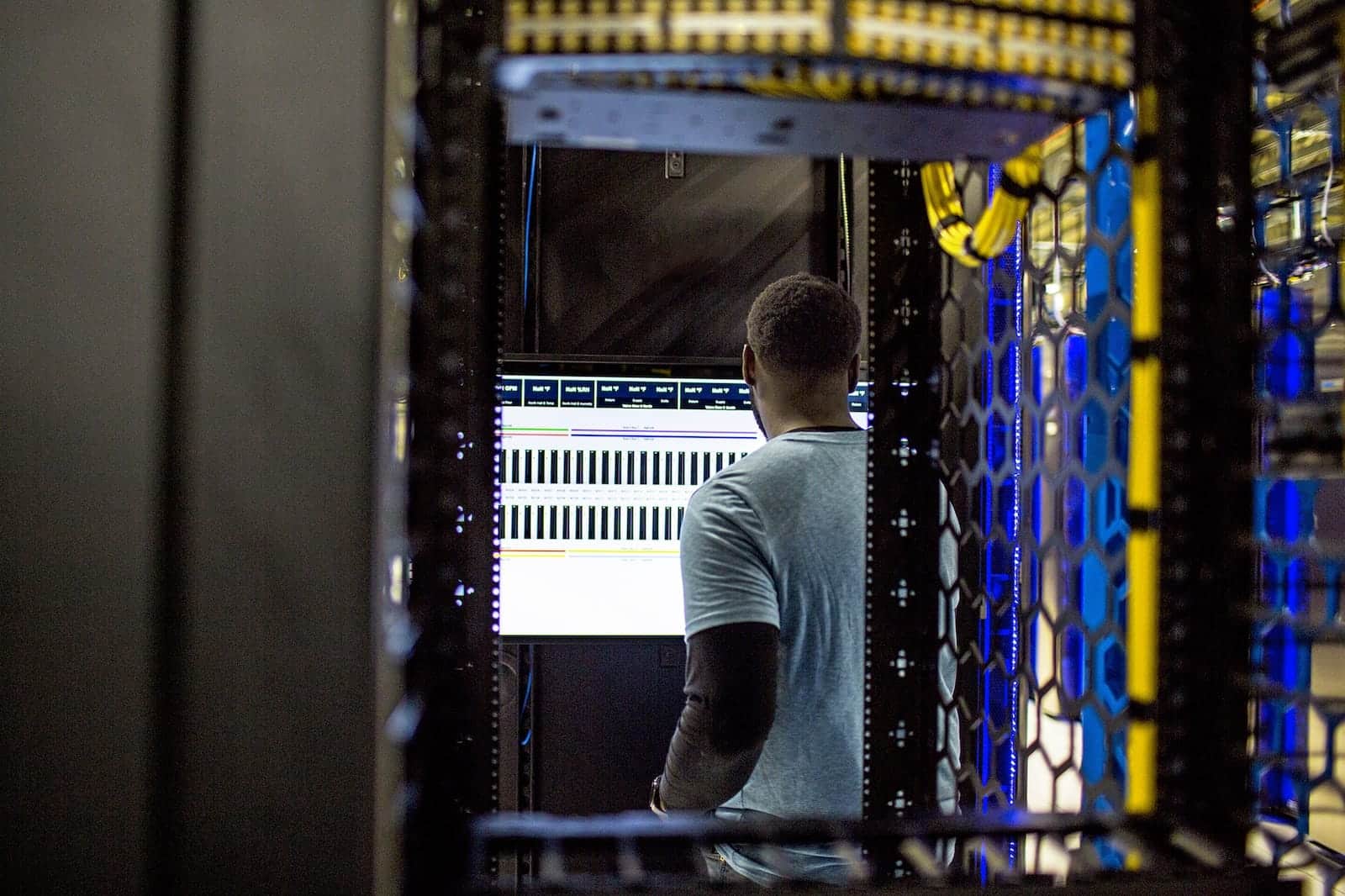The growing use of data centers for information storage and processing, especially with the rise of artificial intelligence, has brought to light an increasingly evident problem: excessive water consumption. This resource is essential for cooling servers, but its use directly conflicts with the environmental goals that many major tech companies have committed to reaching by 2030 and 2050.
Massive Water and Energy Consumption
Data centers are fundamental to supporting the current technological infrastructure, but their operation requires huge amounts of water and energy. The heat generated by processors necessitates the implementation of efficient cooling systems, where liquid cooling becomes a critical need. On a smaller scale, homeowners can use similar systems for personal computers, but the challenge multiplies in data centers.
A clear example was Google’s attempt to build a data centerA data center or data processing center (DPC) … in Chile, where the infrastructure was blocked by authorities due to the anticipated consumption of almost 8 million liters of drinking water daily.
In light of this situation, companies are seeking innovative solutions. Some of the more extreme proposals include immersing servers in tanks with specialized liquids or installing them at the bottom of the ocean to take advantage of the water temperature as a natural coolant.
Microsoft: A Closed-Loop Cooling Solution
Microsoft, one of the tech giants most committed to searching for sustainable alternatives, has announced an innovative proposal to reduce water consumption. Currently, each data center of the company needs 125 million liters of water per year to cool its servers, a figure that the giant aims to drastically reduce.
The key to their new solution lies in a closed-loop liquid cooling system. The idea is that, once the system is filled during the construction phase, the water will continuously circulate among the servers without the need for additional supply. This not only optimizes water use but also eliminates waste.
The company has already made significant progress in this area: its consumption has decreased from 0.49 L/kWh in 2021 to 0.30 L/kWh in the last fiscal year, representing a 39% improvement. The implementation of this new design will begin testing in 2026 in data centers located in Phoenix (Arizona), Wisconsin, and Mount Pleasant, with plans for widespread adoption by 2027.
The Global Industry Response
The problem is not exclusive to Microsoft. Other companies are also developing strategies to minimize water consumption and optimize energy efficiency in their data centers. Lenovo, for example, is working on solutions that allow the use of the hot water used in server cooling for secondary purposes, such as heating, domestic hot water, or even climate control for swimming pools. This approach promotes a circular economy, where the servers themselves contribute to reducing the environmental impact of the building in which they are housed.
Spain: A Key Player in the Industry
Spain is in a strategic position to become a hub for data centers, thanks to its privileged geographical location and expanding infrastructure. However, the removal of nuclear energy from the national energy mix raises questions about the long-term viability of these centers. While giants like Amazon, Google, and Meta are already turning to nuclear energy to power their operations, in Spain, the discussion about its role in the energy transition remains open.
A Sustainable and Necessary Future
The growth of data centers seems unstoppable, driven by the rise of artificial intelligence and global technological demands. As these systems become more complex and critical, companies will need to rapidly adapt to sustainable solutions to meet their environmental goals while ensuring operational efficiency.
Microsoft’s proposal and the initiatives of companies like Lenovo are steps in the right direction. However, the challenge remains monumental: finding a balance between the need for more data centers and the environmental impact they generate. For Big Tech, it’s not just about innovating but doing so in a responsible and sustainable manner.

